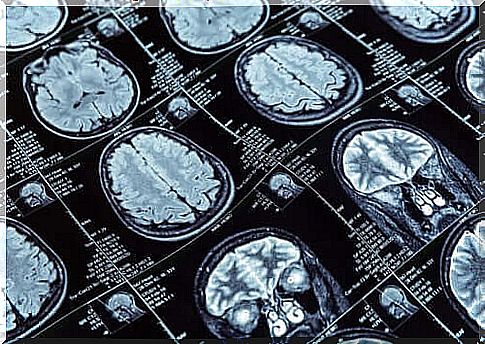Antisocial Behavior And Brain Structure

In their section on psychiatry, The Lancet published the latest research on the human brain conducted at the University College of London (UCL) in February 2020. The article is about the link between antisocial behavior and the structure of the brain.
First, this research was a collaboration between the institution in London and researchers from New Zealand, where the subjects also came from. Queen Mary Hospital in New Zealand supplied these subjects.
To conduct this research, they performed MRI scans on more than 600 people who were 45 years old. These 600 people are part of a larger unit consisting of more than 1000 people. In New Zealand, they have been studying them since childhood.
Their intention was to determine the factors that can affect a person through their lives and make them antisocial or addicted. If they could determine these factors, then it would be possible to influence them in a positive way and avoid crime, for example.
They measured the thickness of the cerebral cortex and the amount of gray matter through MRI scans they performed on the subjects. These data allowed for a comparison between those who exhibited antisocial behavior and those who did not.
What and who is antisocial?
What exactly is antisocial behavior? This is a difficult concept to define as it varies according to the age and culture of the person concerned. Europeans may have a different view than Americans on what is antisocial.
We can thus define antisocial behavior as something a person does that is against the wishes of their society. It is thus a way of living and acting that breaks the norms established by the majority of the population.
Antisocial behavior can be anything from traffic violations to a violent crime. Some addictive actions in teens may also fall into this category. For example, stealing alcohol from adults.
In the background, antisocial behavior reveals that a person is rebellious towards the authorities. It could be parents or the police. One can also understand this behavior as challenging established institutions.
There does not have to be a disorder along with antisocial behavior. Most of the time, it is just a way of behaving that does not appear in clinical psychiatric literature.
In any case, science has established the presence of something called antisocial personality disorder. These people are impulsive and break the rules repeatedly. Nor do they regret their transgressions. This diagnosis only applies to those over 18 years of age.

The results of the study
The research published in The Lancet indicates that the participants were divided into three groups:
- 80 people with a history of antisocial problems
- 151 people who had antisocial behavior in their youth
- 441 persons without any previous antisocial actions
These researchers learned significant things about the first group.
MRI scans of the brain of these individuals showed a shrinkage of the cerebral cortex when compared to others. In addition, they had a partly smaller amount of gray mass.
There were also no differences between the group with antisocial problems in the youth and those without any history. This reveals that certain behaviors at an early age are more cultural than they are biological.
What can be proven is the change in brain architecture that a small portion of the population may have, perhaps in connection with antisocial forms of behavior. These changes may explain the antisocial personality, which manifests itself persistently over the years.

Previous studies of antisocial behavior and the brain
The results published in The Lancet merely contributed to a number of previous studies of the same subject. Several universities have studied this topic in different age groups and different countries.
Teenagers with antisocial problems, for example, had changes in the frontal lobe and the temporal lobe of the brain. On a more serious level, violent criminals also had less gray mass.
More specifically, researchers had been on the trail of the emotional zone of the brain to find a connection. Assuming that antisocial problems are due to lack of empathy, it was logical to look for changes there.
The results indicated that antisocial teens had smaller tonsils, and tonsils are where empathy takes place.
We can conclude that this new research confirms that antisocial problems have some relationship with the structure and architecture of the brain. These changes are another factor that determines antisocial behavior in a person’s life.









